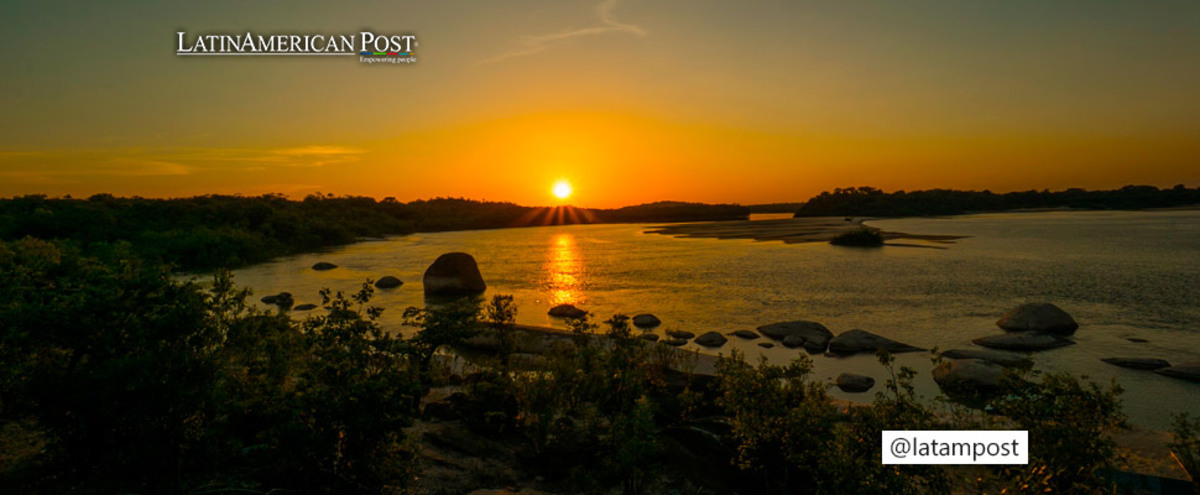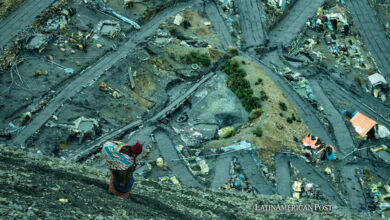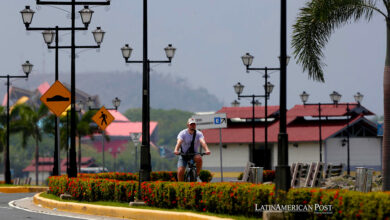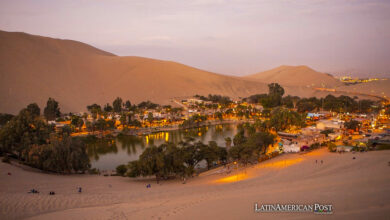Get to Know the 6 Biosphere Reserves that Colombia has
Six areas have now been declared biosphere reserves in the coffee-growing country, an initiative of the United Nations Educational, Scientific and Cultural Organisation (Unesco) that seeks to improve relations between people and the environment.

Photo: Colombia amazing landscapes
LatinAmerican Post | Julián Andrés Pastrana Cuéllar
Listen to this article
Leer en español: Conoce las 6 reservas de la biosfera que tiene Colombia
With the declaration by Unesco of Tribugá-Cupica-Baudó, in the department of Chocó, as a biosphere reserve, Colombia completes six such environmental protection mechanisms throughout its territory.
The Tribugá-Cupica-Baudó Biosphere Reserve is the first in the Colombian Pacific and joins the Ciénaga Grande de Santa Marta, the Andean Belt, and El Tuparro. Seaflower and the Sierra Nevada de Santa Marta. In this article, we will take a tour of these valuable ecosystems.
It should be clarified that although the declaration of biosphere reserves is not as restrictive as the figure of protected areas, it does open the way for the implementation of projects for the conservation and sustainable use of biological diversity, which allows for the integrated management of natural resources, as well as the execution of scientific programs. Hence its importance for a country as biodiverse as Colombia.
Cienaga Grande, Santa Marta
Located in the department of Magdalena and covering more than 512 hectares, the Ciénaga Grande de Santa Marta was declared a biosphere reserve in 2000. According to the Colombian Ministry of Environment, it is one of Latin America's most extensive coastal wetlands.
Within its territory are coral reefs and mangroves, which make it an area of vital importance for conserving biological diversity. It is worth mentioning that its mangroves are home to numerous fish species, crustaceans, and mollusks.
Andean Belt
It covers part of the departments of Huila, Cauca, Valle del Cauca, and Tolima, and its extension exceeds two million hectares. Within this reserve, it is possible to find the main ecosystems of the Colombian Andean Region, such as moorlands, wetlands, snow zones, and Andean jungle forests. Likewise, important rivers such as the Magdalena, the Cauca, the Patía, the Putumayo, and the Caquetá are born in its high areas, supplying the vital liquid to 70% of the inhabitants of Colombia.
Among the species of fauna that inhabit this reserve are the Andean condor, hummingbirds, ducks, golden eagles, bluebirds, spectacled bears, deer, tapirs, pumas, and margays.
We suggest you read: Birdwatching: An Ally for your Mental Health
The Tuparro
This biosphere reserve was declared a reserve in 1979 and is located in Vichada, covering over one million hectares. Here you can find ecosystems representative of the Colombian Llanos, such as the extensive savannahs crossed by rivers and streams. The most outstanding vegetation in this reserve is the moriche palms, primarily the moriche palm.
And as for fauna, species such as tapirs, armadillos, peccaries, pumas, foxes, caimans, jaguars, primates, turtles, and chigüiros have their home there.
Seaflower
It was declared a reserve in 2000 in the Archipelago of San Andrés, Providencia, and Santa Catalina. However, the Ministry of Environment clarifies that it is currently under review following a ruling by the International Council of Justice on a new maritime border between Colombia and Venezuela.
Apart from the above, this reserve is characterized by one of the most biodiverse and extensive barrier reefs in the western Atlantic. Barrier reefs, fringing reefs, atolls, lagoons, and isolated patches can be found here. There are also beaches, mangroves, tropical dry forests, and transitional forests.
Sierra Nevada, Santa Marta
It covers more than two million hectares distributed between the departments of La Guajira, Magdalena, and Cesar. All the life zones of the Neotropics can be found there, from semi-desert thorn scrublands, through mangroves, tropical dry forests, and montane forests, to moorlands and even perpetual snow.
Some thirty rivers also flow into the reserve, supplying water to 21 aqueducts in the three departments where this natural wonder extends.
Tribugá-Cupica-Baudó Biosphere Reserve
It was recently declared as such on 15 June this year, and, according to the Mongabay portal, it comprises 596,000 hectares in which it is possible to find ecosystems such as reefs, mangroves, and tropical dry forests. Located in the department of Chocó, the reserve covers a territory with cliffs, inlets, estuaries, bays, coasts, and gulfs.
According to Colombian government sources, this biodiversity paradise is home to 1,500 endemic plant species, which have lost more than 70 % of their natural habitat. In this regard, William Kingler, director of the John von Neumann Pacific Environmental Research Institute, quoted by Mongabay, explains that with the Unesco declaration, it is expected that from now on, the different productive activities and infrastructure development within the perimeter of this new biosphere reserve must adhere to much more demanding environmental criteria.
What is certain is that this declaration is excellent news that demonstrates the enormous ecological and biodiversity wealth that Colombia possesses, which must be protected with all possible mechanisms.




